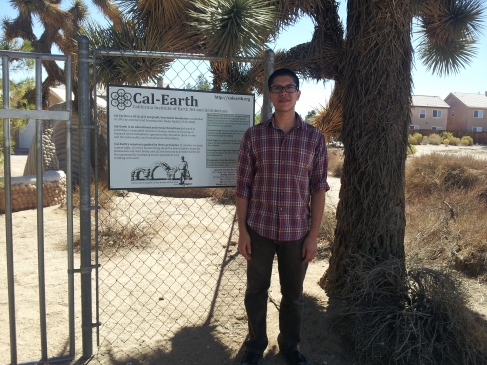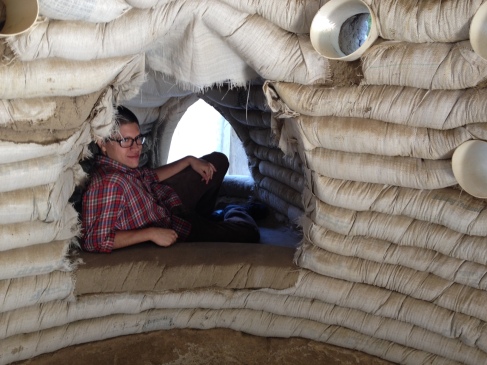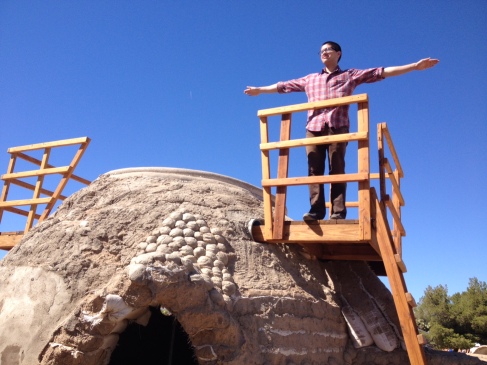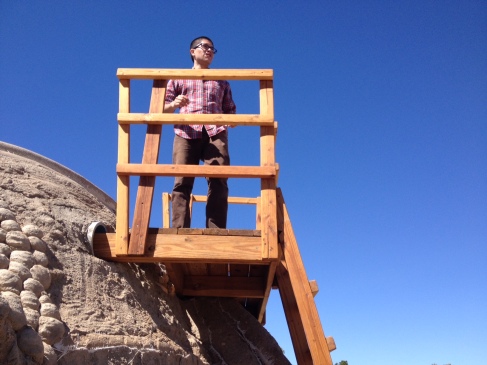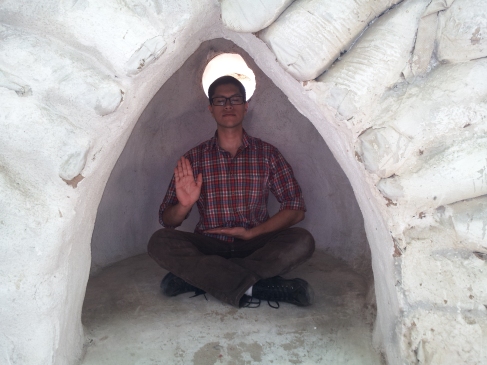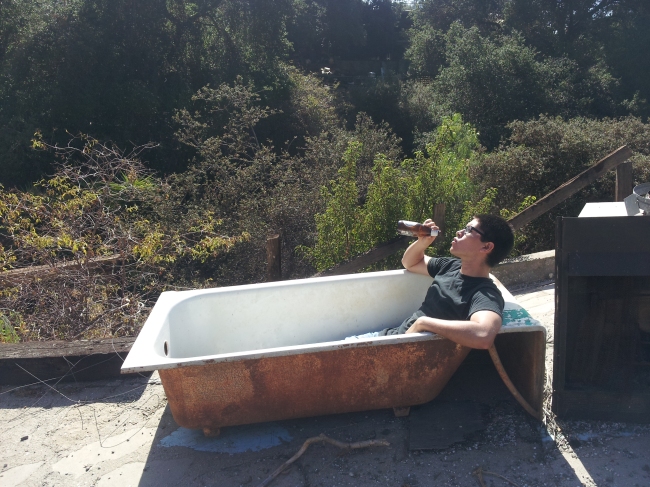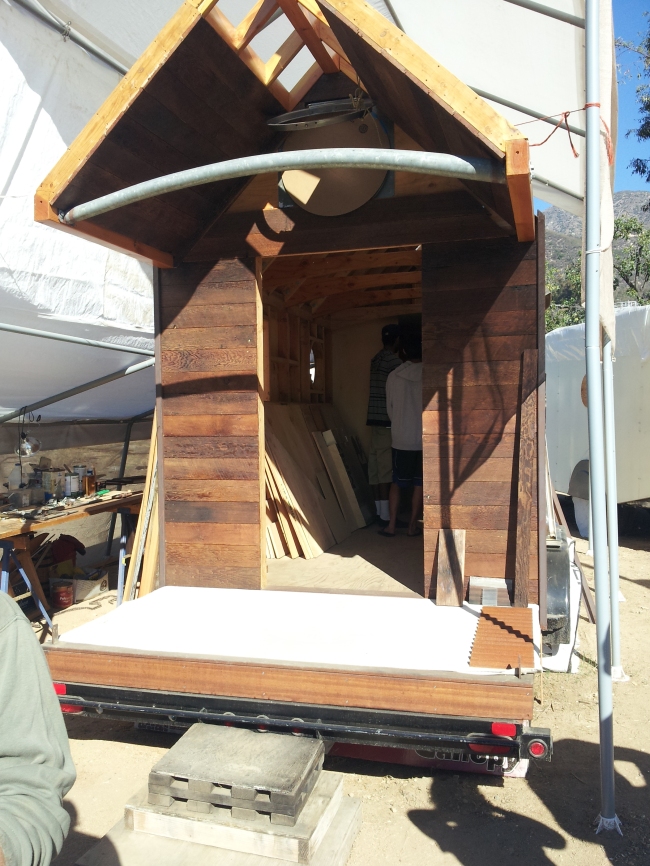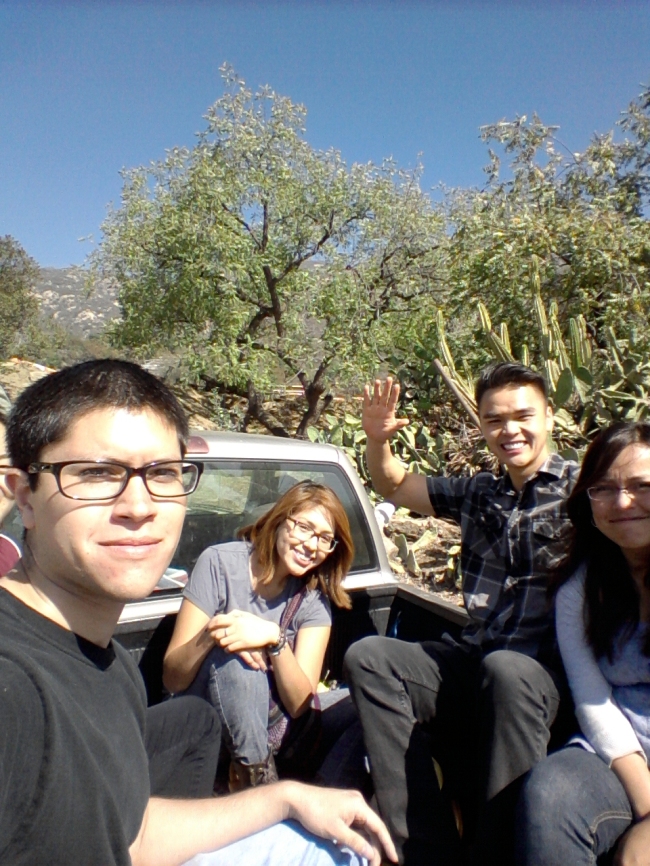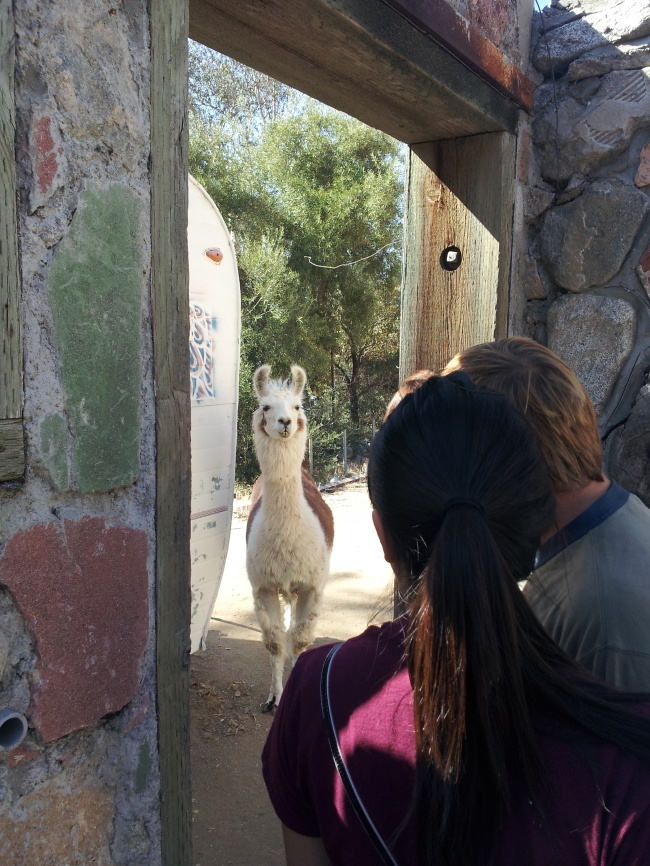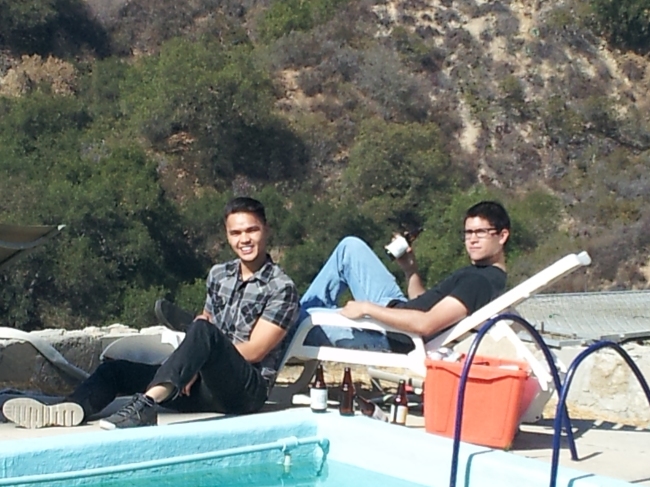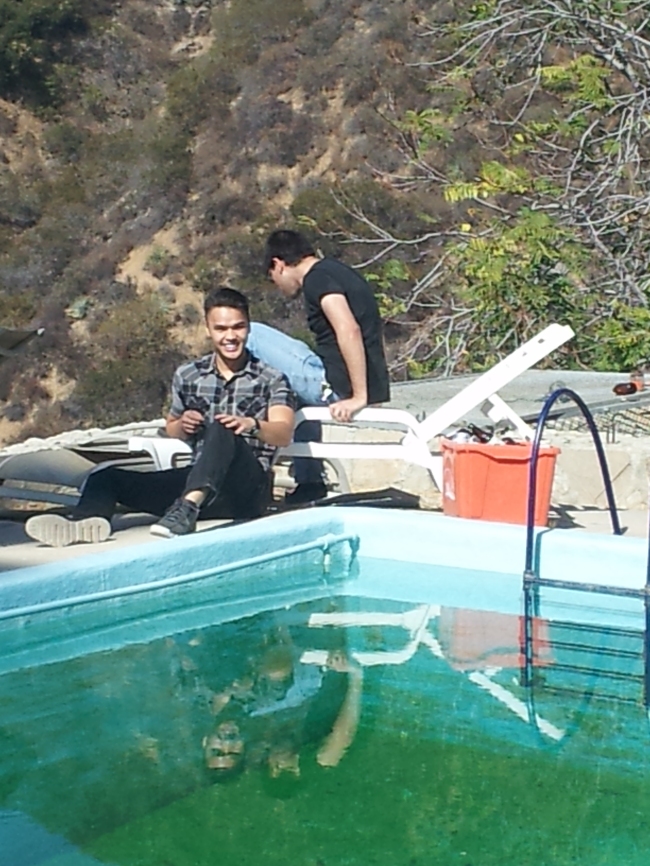Gun, Germs and Steel, i’m so stoked on this series. This has been a personal quandary for a long time. What separates the powerful from the weak. Looking at the people of New Guinea you see insanely fit and intelligent people. If these men can make a saw out of some measly palm fronds just imagine what they could do with a bit of steel. The fact is, they didn’t have steel, they didn’t have good food, they were “geographically blessed.” The answer isn’t clear cut, there are so many factors that go into what group of people come out on top, and sometimes just the absence of one of one factor can make all the difference. The spanish became great farmers, warriors and conquerors but it could have just as easily been the Japanese that ruled the world, they had the steel, they had the horses the cereal crops…they didn’t have the ambition to rule the world, they believed Japan had the best of everything and didn’t see the value in exploring. Its very interesting. Also those Spanish re-enactors were given some startlingly derogatory dialogue.
As a graphic design major i’m still not sure how sustainability pertains to my field. Certainly i can make posters and websites that encourage sustainable practices. But most of that is done electronically with programing or photoshop. The biggest resource I consume is whatever coefficient of energy it takes to run this obscenely priced 15″ Retina MacBook Pro. I guess we could design cheaper, more efficient laptops to work on…thats more industrial engineering and computer engineering though. This class has sparked my interest and through the quarter i’ve heard a lot of terms here that have later been brought up in my other classes. The question of sustainability is relevant in all fields and I hope to become an expert in how it relates to mine.

